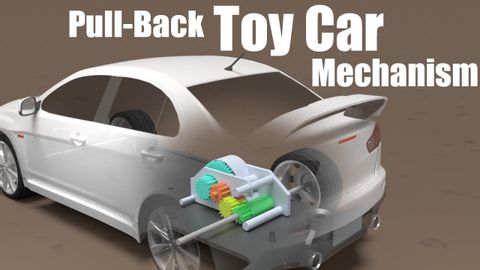迴力玩具車如何工作?(How does a Pull-Back Toy Car work?)
Siao-shen Jhu 發佈於 2021 年 05 月 09 日  沒有此條件下的單字
沒有此條件下的單字- v.t./i.棒;黏貼,張貼;堅持;伸出;忍受
- n. (c.)棍棒,棍枝,枝條
US /ɪn'gedʒ/
・
UK /ɪn'ɡeɪdʒ/
- v.t.交戰;交手;雇用;吸引;參與;從事;嚙合;承諾
US /ˈkɑnˌsɛpt/
・
UK /'kɒnsept/
US /ɪˈmidiɪtli/
・
UK /ɪˈmi:diətli/

